Early History
The Denver Horse Railway Company
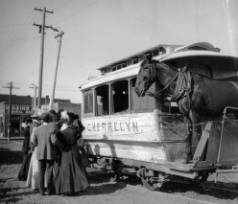 The story of the Horse Barn dates back to 1867, when the Colorado Territorial Legislature granted The Denver Horse Railway Company exclusive charter to operate in Denver. Operation began in 1871 with two miles of track between 7th and Larimer to the area now known as Curtis Park. In 1872, with a modified name, The Denver Railway Company built the Horse Barn in the city’s northeast hinterlands at 33rd and Arapahoe. To accommodate a growing fleet of horses, mules, and streetcars, the Horse Barn contained three sections: a two-story stable and hayloft in the center; an office and storage space behind the stable; and a two-track car barn at the corner.
The story of the Horse Barn dates back to 1867, when the Colorado Territorial Legislature granted The Denver Horse Railway Company exclusive charter to operate in Denver. Operation began in 1871 with two miles of track between 7th and Larimer to the area now known as Curtis Park. In 1872, with a modified name, The Denver Railway Company built the Horse Barn in the city’s northeast hinterlands at 33rd and Arapahoe. To accommodate a growing fleet of horses, mules, and streetcars, the Horse Barn contained three sections: a two-story stable and hayloft in the center; an office and storage space behind the stable; and a two-track car barn at the corner.
Ultimately, The Denver City Cable Railway Company (its third and final name) operated on 50 miles of track, with 85 cars and 600 horses. New demands for rapid transit led to a major shift from horsepower in favor of the cable-driven system. Horse-drawn streetcars, still reliable and cost efficient, were banished to the suburbs. By 1890, the Horse Barn at 33rd and Arapahoe was no longer used by the streetcar industry.
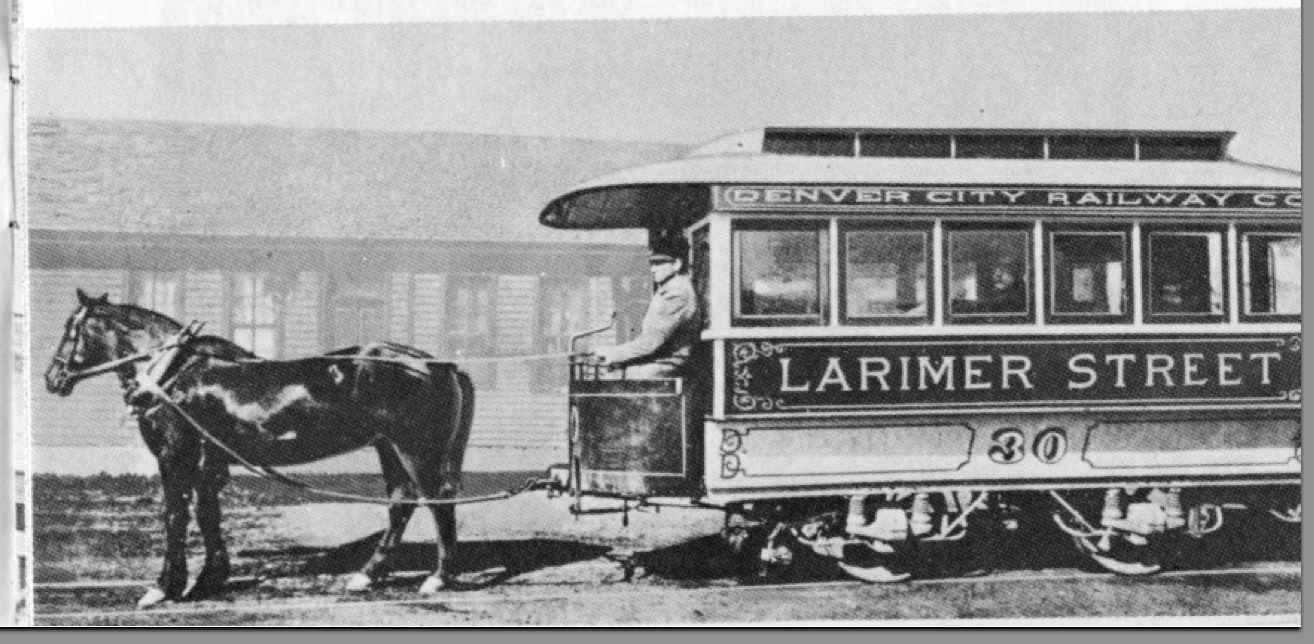
Turner Moving & Storage Company
Although horse-drawn streetcars were no longer commonplace in Denver, other services relied heavily on horsepower. The Horse Barn was still a desirable property in a prime location for downtown horse labor.
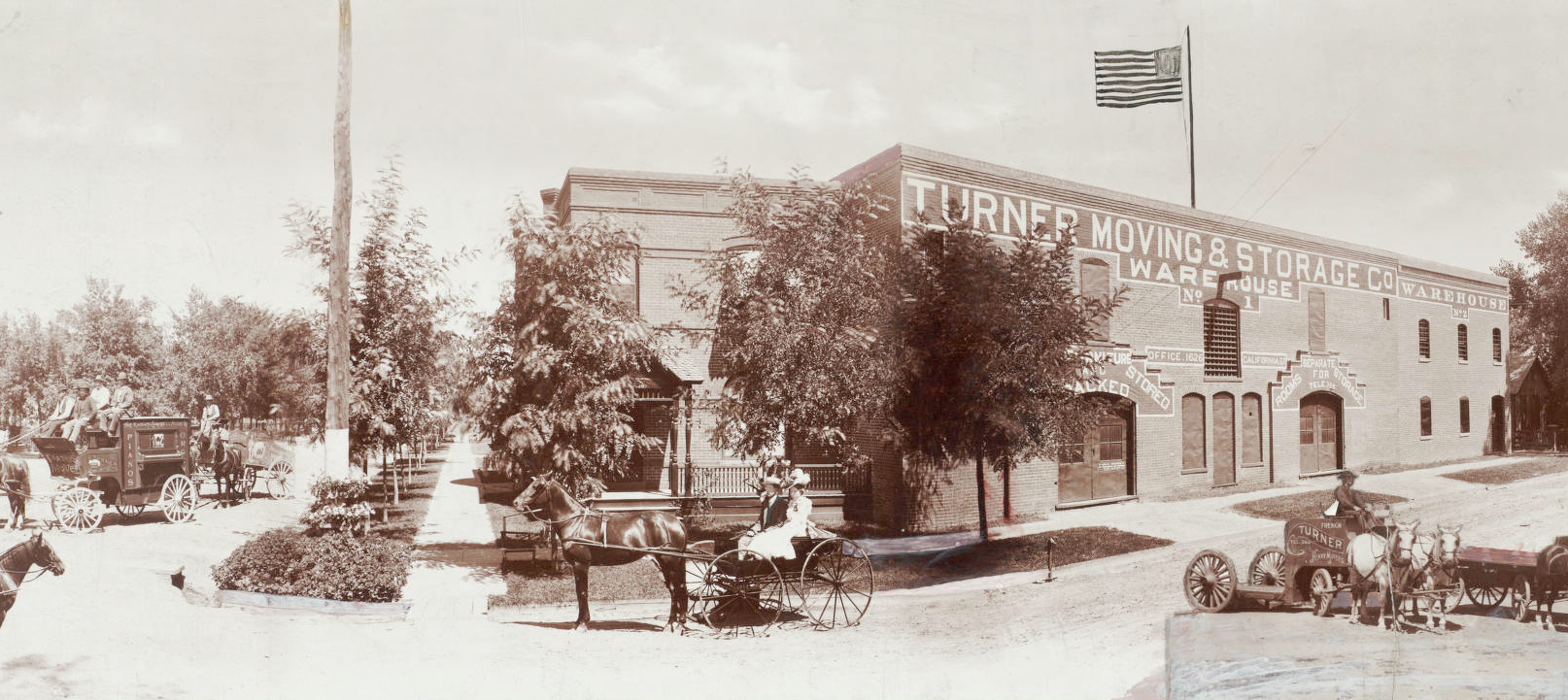
As Colorado’s resource extractive economy frequently boomed and busted, mining prospects led many people to move to and from Denver, or relocate to new areas within Colorado. Denver businessman George E. Turner saw an opportunity to carry on the legacy of his father’s work handling cargo for the Pony Express, and later started a moving and storage business to help people safely move their possessions. Turner Moving & Storage experienced success no matter what the economic climate, as people immigrated to Colorado during boom times and emigrated during busts.
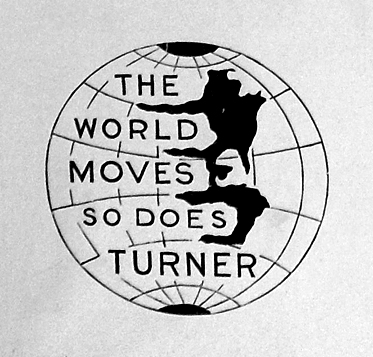
Turner incorporated the Horse Barn as a storage facility for the horse-drawn carts and trailers in his fleet, and renovated the corner car barn into his home. Shortly before his death in 1932, Turner sold his company, and the Horse Barn continued to serve as a moving and storage facility until it was abandoned in the mid-twentieth century.
Turner is perhaps best known as the founder of Tiny Town, a miniature mountain town attraction near Morrison, Colorado, which contains over 100 one-sixth scale buildings.
Transformation & Collaboration
The Denver Housing Authority (DHA) purchased the Horse Barn in 1992 as part of a community revitalization effort with plans to replace the building with residential units. DHA and the community realized the historic significance of the Horse Barn and jointly committed to preserving the building’s history. This included securing a Denver Landmark Preservation designation for the front façade, and investing significantly in its rehabilitation with support from The City and County of Denver’s Office of Economic Development.
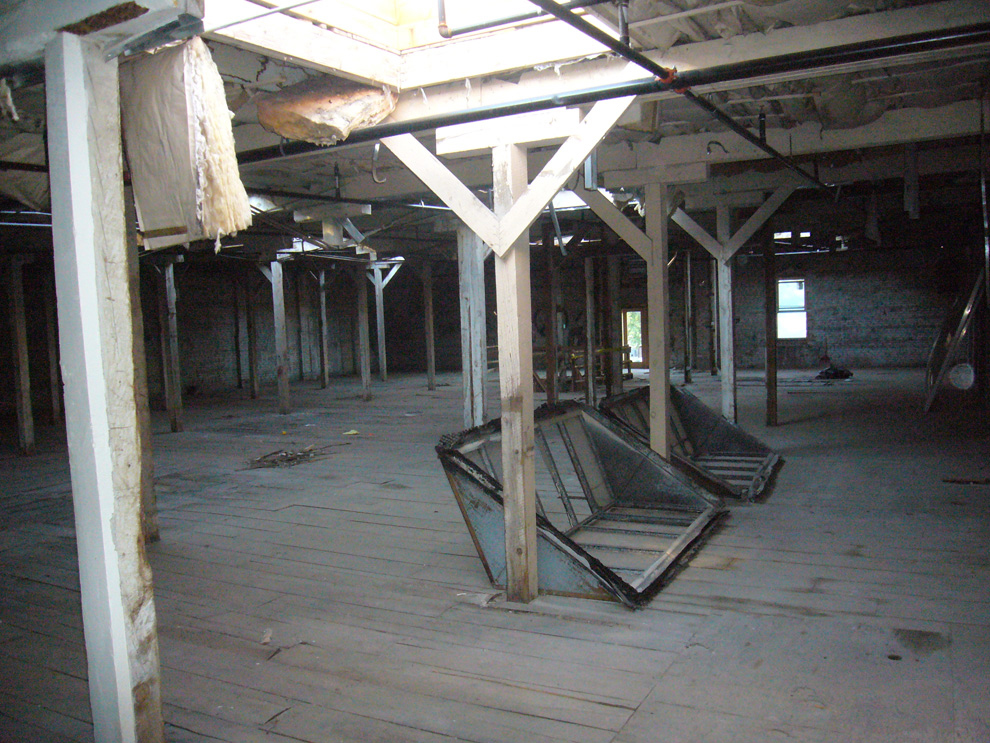
In 2012, after a collaborative design and planning process with DHA, iDE, Engineers Without Borders-USA, Denver Urban Gardens and many dedicated partner organizations, design-build firm Tres Birds Workshop broke ground on the building renovation, and began to transform the collapsing roof, crumbling masonry walls, and rotting floors into a place of renewed strength, beauty, and purpose. The Horse Barn re-opened its doors to this new purpose in 2013.
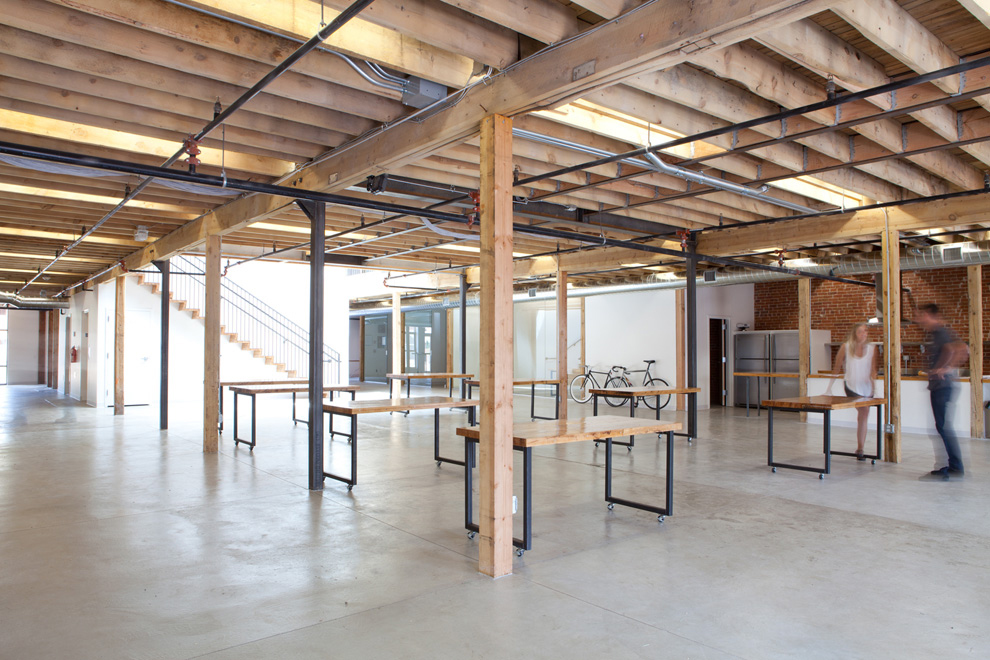
The Denver Housing Authority and the Posner Center for International Development are thrilled and honored to be able to offer this space as a resource and amenity to the Curtis Park neighborhood, to the broader Denver community, and to all who share our collective missions to work toward access and opportunity for all people, the world over.
Historic photos courtesy of Historic Denver and pre- & post-renovation photos courtesy of Tres Birds.
